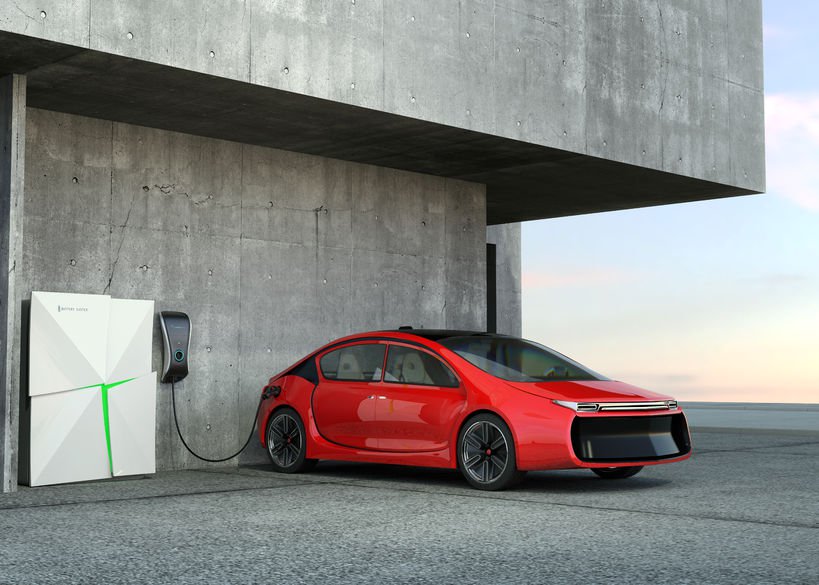Charging your electric car with solar panels is a great way to save money in the long run. We explain why…
As electric cars don’t produce any emissions from an engine or exhaust like a regular car, they’re often referred to as ‘zero emissions’. It’s undeniably one of the most compelling selling points of an electric car, however the UK’s national grid still uses fossil fuels to generate some proportion of the electricity used to fuel them. There have been strides to reduce our reliance on fossil fuels, with 2020 seeing coal account for just 1.6% of the National Grid power mix, down from almost 25% five years ago.
There are a number of ways to further reduce your carbon footprint and save even more money with an electric or plug-in hybrid cars. You can ensure that the electricity used for charging comes from renewable sources with a specific tariff, or you can generate your own energy. One way of doing the latter is to use domestic solar panels.
How to use solar panels to charge your electric vehicle
If you have solar panels on the roof of your home, or are thinking of installing them, it’s important to note that they cannot actually store electricity. This means that whatever they generate has to be used immediately – either to power devices in your home or sold back to the grid. This power can also be stored in a solar battery, which is a device offered by a number of providers including e.on, EDF, Moixa and Tesla.
The benefit of a battery system is that any excess energy from your solar panels can be stored and used to power your home or electric car when the panels aren’t producing charge overnight. Otherwise, your solar panels will only be able to charge your electric car during the day.
To efficiently charge an electric vehicle using solar panels, you will also have to install a home charging unit and a PV inverter unit that converts the solar energy into DC current for the vehicle. There are several of these systems available for purchase already, some of which combine both of these elements in one box. However, there’s no standalone solar-powered charging system available – rather, it must be integrated with the rest of your domestic power supply system.
The costs aren’t small, though. Depending on which wallbox you buy, prices range from a couple of hundred pounds for the most basic 3kW systems, rising to close to four figures for the most advanced 22kW units. Solar panels are expensive, too. A 1kW system with four panels taking up eight square metres costs between £1,500 and £3,000. Bigger systems cost more.
A 1kW system is estimated to generate 850kWh of energy output a year: that could fully charge the new Honda e 24 times over, which translates into some 3,250 miles of driving range. If your annual mileage is relatively low, solar panels could be a great long-term solution. It’s worth noting, however, that the average domestic solar-panel installation doesn’t produce enough electricity in a day to fully charge an electric car.
How long does it take to charge an electric car using solar power and what are the savings like?
This obviously depends on the amount of sunlight and the type of panels on your roof, as well as the type of wallbox charger you have. We visited one electric-car owner, Warren Philips of Shoreham-on-Sea, who uses solar panels to charge his Renault ZOE. On a sunny day, the panels on his roof can generate upwards of 40kWh of electricity, enough to charge the 40kWh battery in his car.
Most electric-car charging at home happens overnight, when there’s no sun to generate free electricity. This is why it’s worth considering installing a home battery system – like a Tesla Powerwall (below) – to store the solar energy to recharge your car.
Tesla’s system uses a 14kWh battery and can provide a charge of up to 7kW, or 5kW continuously. The battery can be mounted inside or outside, either on the floor or on a wall, while up to 10 can be installed together to increase storage capacity.
Read more: driving electric




